Salt Lake’s Mountainous Rise
Utah’s largest city is in the midst of a boom—driven by robust employment and population growth that's producing healthy demand for housing, Yardi Matrix data shows.
By Laura Calugar
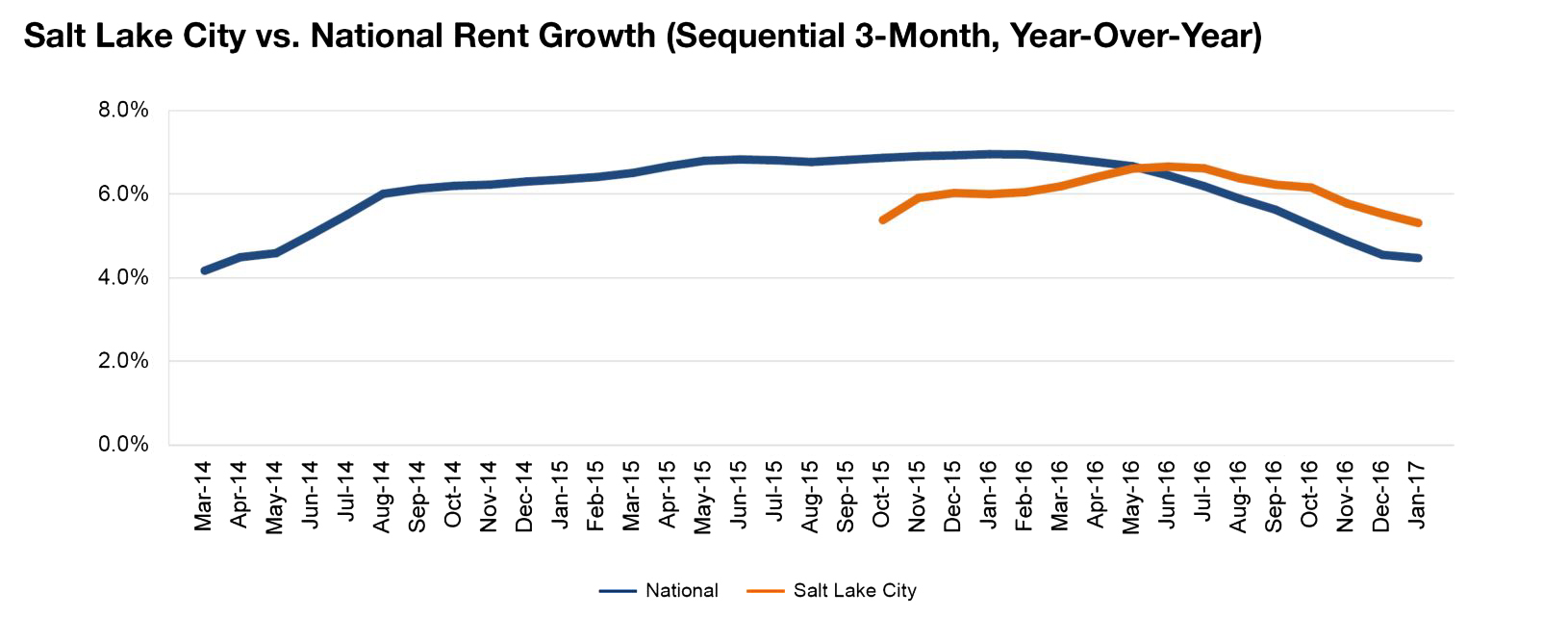
Salt Lake rent evolution, click to enlarge
Utah’s largest city is in the midst of a boom—driven by robust employment and population growth—that is producing healthy demand for housing. Once known as a sleepy mountain town, Salt Lake City is beginning to attract major employers, including Goldman Sachs, due to its low costs and appealing lifestyle.
Many iconic companies have set up home bases in the metro, drawn to the pipeline of science, technology, engineering and math (STEM) workers feeding in from local universities and the favorable costs of doing business. Salt Lake’s robust technology sector, concentrated in the “Silicon Slopes,” has contributed to strong growth over the past year. Other segments that have been expanding employment include trade and transportation, education and health care, and finance and business services.
Multifamily fundamentals are strong, due to a combination of solid demand and low inventory that has produced low vacancy rates. Developers are stepping into the breach and delivering a large amount of new supply, with most units absorbed by in-migration. Rent growth is starting to create concerns about affordability, and the city government recently passed a five-year plan to address the situation. Despite the concerns about supply and affordability, Yardi Matrix forecasts that rents will increase by a robust 6.0 percent in 2017.
Read the full Yardi Matrix report.


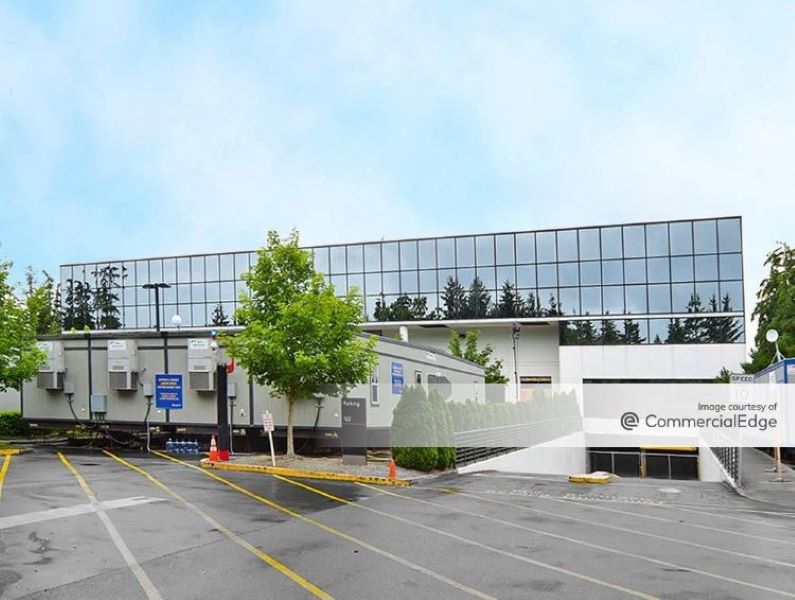

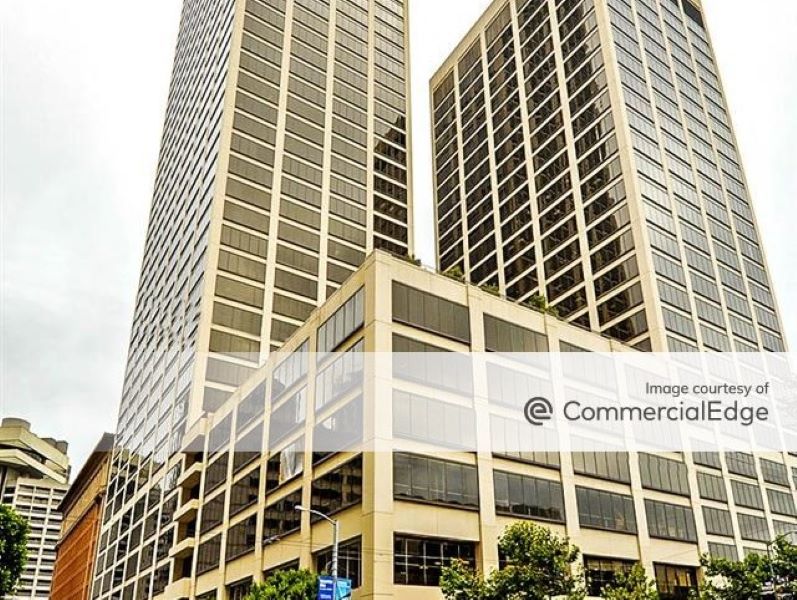
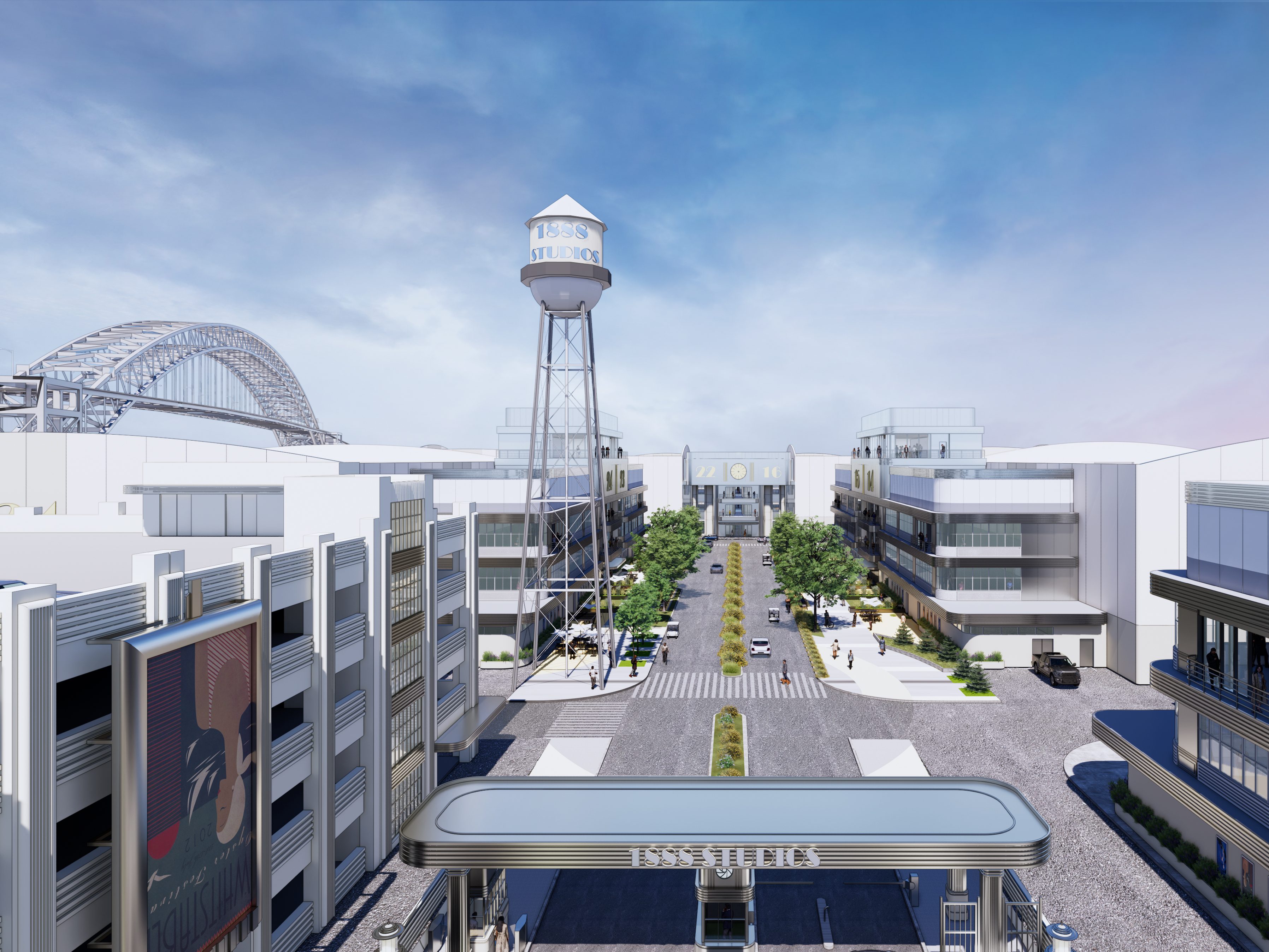
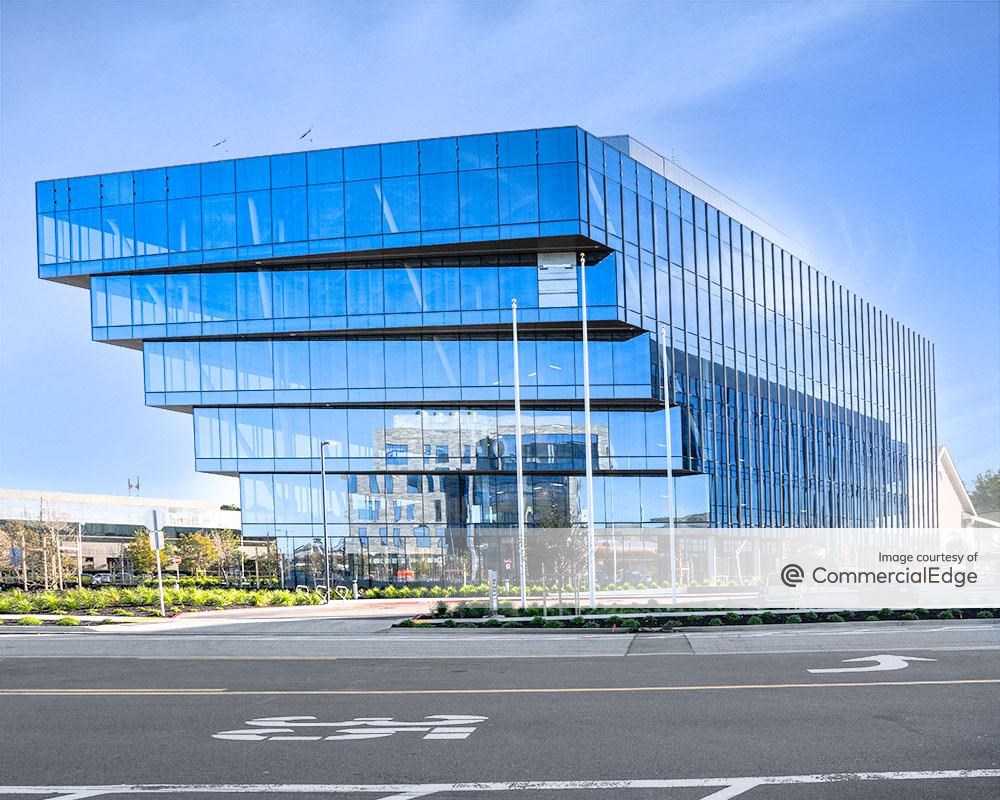
You must be logged in to post a comment.